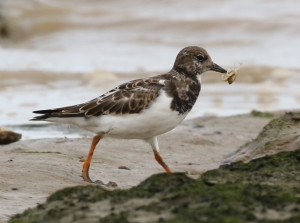
Whenever I visit stony or rocky coasts around Britain, no matter what other birds of interest there are to enjoy watching, eventually I am always drawn towards Ruddy Turnstones. These comical little characters are always busy running around on the rocks or among piles of seaweed, grabbing morsels of food and bickering with each other as they go. The levels of activity that they engage in means that they can be oblivious to the presence of humans and often very approachable; in this way they become very familiar when birding near the coast. Whenever I see them I feel like I am visiting an old friend. Ruddy Turnstone is one of the most widespread and abundant shorebirds in the world, breeding in Arctic tundra but outside of the breeding season it is recorded on stony and rocky shores as far south as South America and Australasia. Of course, most birders will know that they get their name from the way that they turn over stones to look for prey items that live beneath but this hides the fact that they use a variety of other feeding behaviours, in fact one other feeding technique seems to be favoured by the most dominant Turnstones.
It can be quite surprising how large the stones that Turnstones are able to toss over. Although I haven’t witnessed it myself there are records of several Turnstones getting together to turn over large stones. This must be an amazing thing to see and something I have been looking out for since I read about the fact.
However, Ruddy Turnstones use a variety of other foraging techniques including flicking seaweed, ploughing through seaweed, picking food from the water, the beach and off of rocks, chiseling open shellfish, and digging in sand/shingle. They really have an all purpose bill and in this video I illustrate and talk about these feeding techniques.
While making the above video one of the most common items I saw Turnstones feeding upon were small crabs that they seemed to be picking out of clumps of seaweed.
While reading about Ruddy Turnstones in Animal Behaviour, 8th Edition by John Alcock I discovered that Turnstones have a pecking order when they are feeding, which explains the frequent arguments while foraging, with dominant individuals monopolising patches of seaweed, chasing other individuals away from prime patches. The large and nutritious prey in the form of small crabs that they seem to find in these patches of weed would go a long way to explaining why they would defend this foraging niche as would the sheer abundance of food.
Some individual Turnstones specialize in particular feeding techniques, although they do not use these exclusively. With the shape and structure of their bills Turnstones are able to use a wide range of feeding methods and this goes a long way to explaining their success.
While making the video on this page I noticed Turnstones feeding on crabs, shellfish, sandhoppers, worms and lots of other small invertebrates but in the past I have had them come and take chips that I was feeding to gulls. On their breeding grounds they have been noted feeding on the eggs of other birds and even other Turnstones but they are very adaptable and have been recorded eating fish batter, breadcrumbs, dog food, apple cores, cheese, potato peelings and a bar of soap. Probably the most gruesome food article they have been seen taking is the flesh from a human corpse!
As a birder who also likes to take photographs Turnstones are a gift, allowing close approach and their level of activity means that they are usually doing something that makes for interesting photograph. That they are often abundant around the UK gives me plenty of opportunity to practice taking flight shots. Some of these shots turn out well, but most of them are out of focus.
I use the Canon 7D Mark II camera body along with Canon EF 100-400mm f4-5-5.6L IS II Lens which is a very good combination for getting flight shots of birds.
Although I am lucky enough to lead birding tours to many countries and see lots of rare birds, including some of the world’s rarest shorebirds, Ruddy Turnstone remains one of my favourites and I am always pleased to see them and you can watch all of my Turnstone videos in the playlist above.


 September 29th, 2020
September 29th, 2020  Nick
Nick 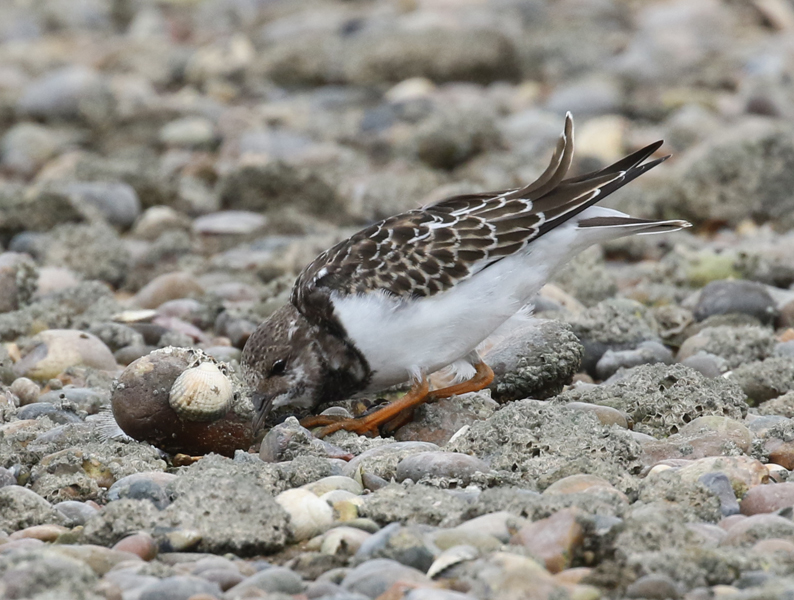
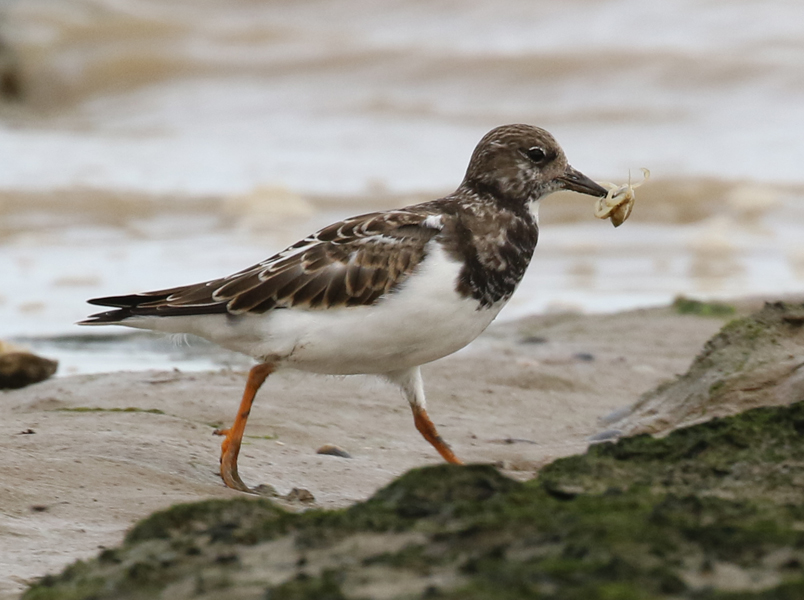
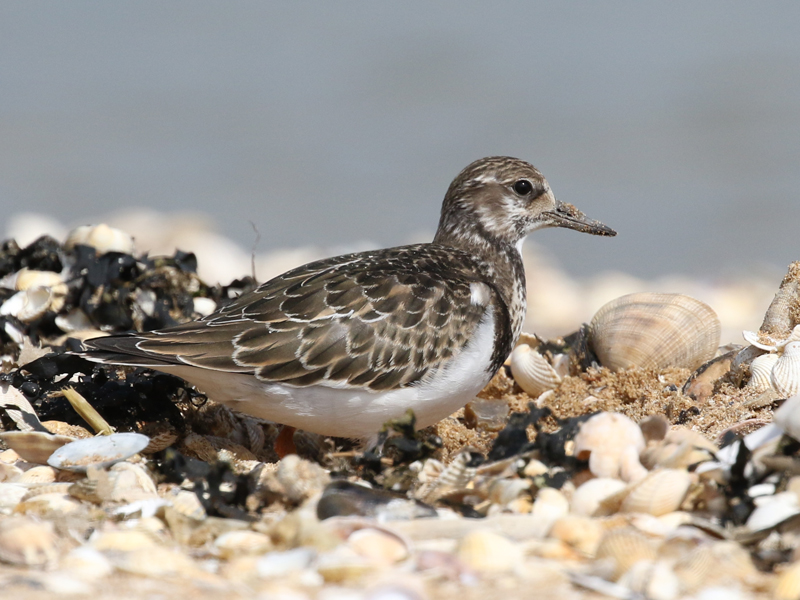
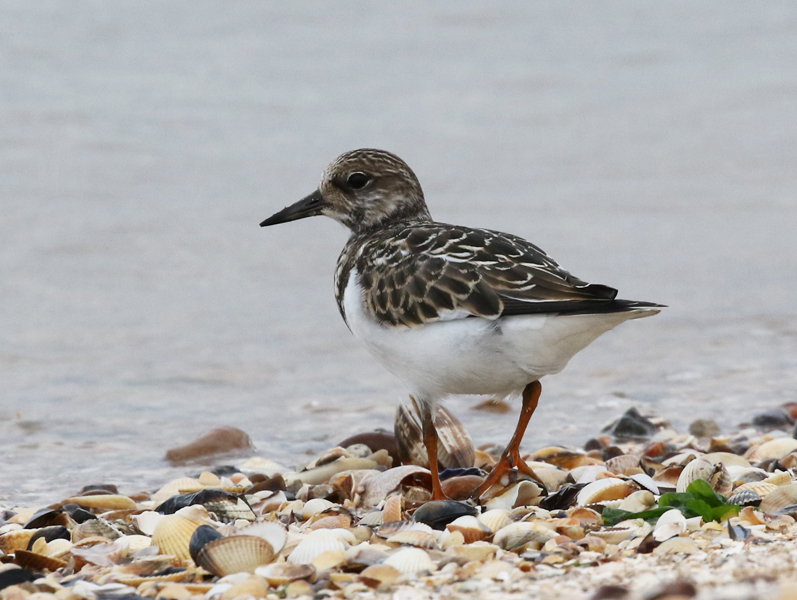
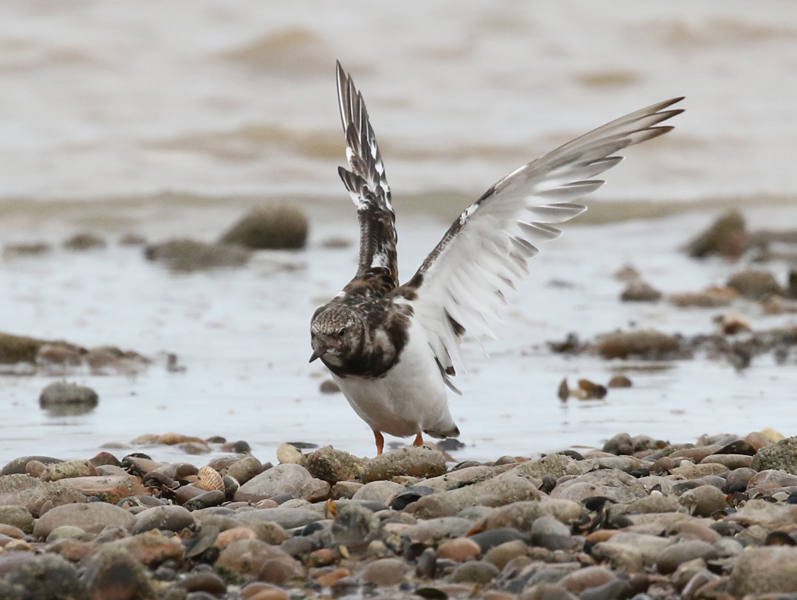

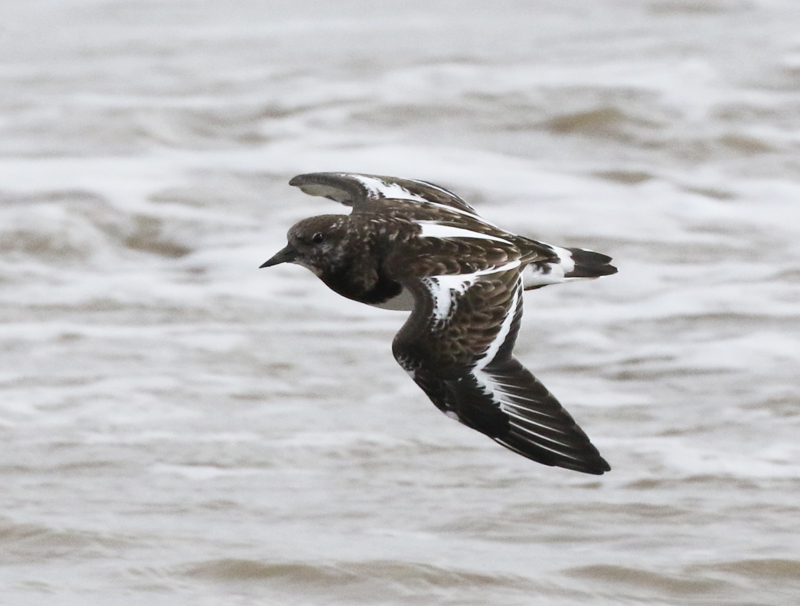
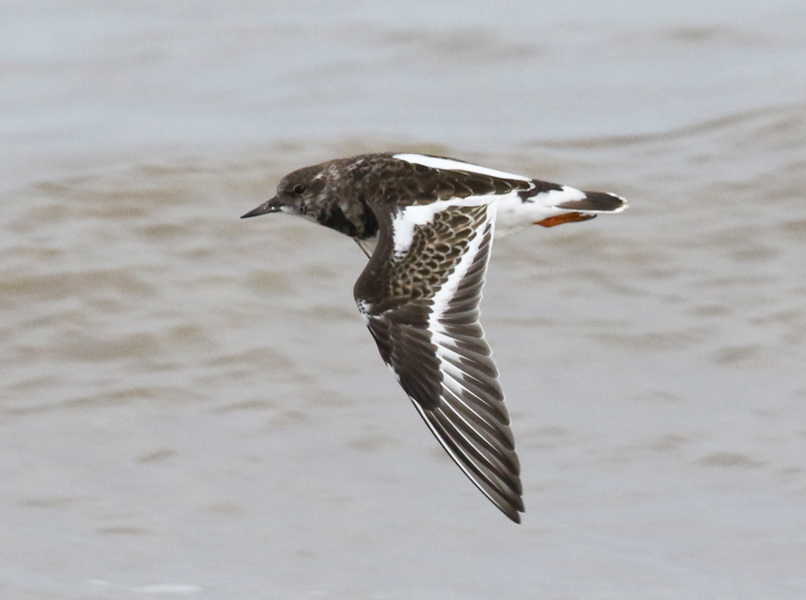
 Posted in
Posted in  Tags:
Tags: 










